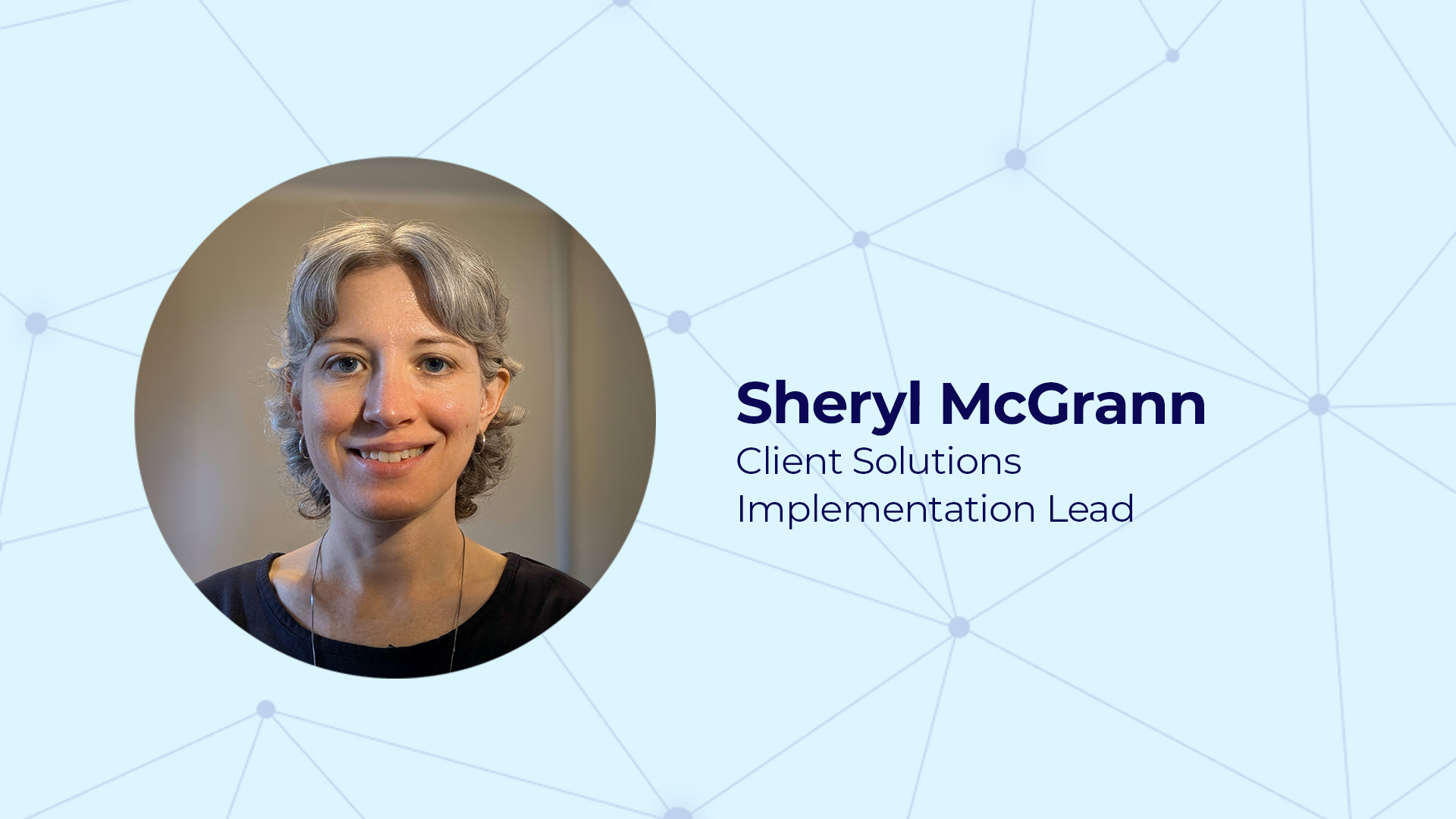It’s been a crazy week, I mean year! That’s how we start so many meetings, but it’s no joke: our team works tirelessly every week to innovate within the Virtual Peaker platform to build a better tomorrow through effective load management strategies. Still, it’s been a crazy year. Earlier this year, Maui faced catastrophe, the type of extreme weather event that will continue to increase because of climate change, and one that underscored the vulnerability of the grid. This summer, the U.S. grid quietly endured high demand, in part by utilizing renewable energy. Both of these examples emphasize the importance of load management as a non-wires alternative to what would otherwise cost trillions in infrastructure upgrades.
On top of that, legislation related to electrification and decarbonization goals promises an even greater demand for utilities to manage during the energy transition. The grid is already more congested this year than in 2022, and that trend promises to continue. So what’s the plan? Well, that’s what we’ve worked on this year, from localized dispatch to developing our technical virtual power plant and more. Before we go into details, let’s reflect on where we’ve been as a team and why it matters to the future of the Virtual Peaker platform.
Why Are We Here?
Virtual Peaker started with one simple idea, to make demand as controllable as a gas turbine generator. So, why would we want that? Because there are peaker plants that are really dirty. And if you’re reading this, you know that while peaker plants are an unfortunate necessity, they’re expensive to run and maintain.
While demand-side management strategies have come a long way, existing demand response plans aren’t enough to eliminate usage of peaker plants. And I don’t think that’s good enough, which is why I initially developed the Virtual Peaker platform. If we can make electric demand behave like a generator that you turn on and off, we can save all that carbon from the peaker plants. To do that, we’ve developed what we’d like to think of as the friendliest distributed energy resource management system (DERMS) on the market. Our DERMS is designed to enable demand response, EV managed charging, BYOD programs, battery programs, virtual power plants, and so much more: we believe that load management is critical to reducing demand at costly peak hours. Let’s look at what we’ve worked on this year.
2023 Virtual Peaker Platform: A Year In Review
I’m fortunate to say that every year sees more innovation and more to offer our utility partners to improve their demand flexibility initiatives through the Virtual Peaker platform. We already have robust software solution suites designed to manage any number of demand flexibility initiatives and an extensive API library designed to streamline program deployment, operations, and scalability, but there is always room for more. That’s why we’ve spent our year working on updates designed to provide nuance in data analytics, customer engagement, and device control.
EV Telematics Updates
Our EV charging solution is, like demand response, a conservation effort that mitigates usage during peak periods of demand by shifting charging to off-peak hours. This strategy will only become increasingly necessary, as presidential mandates promise more EVs on the road by 2030 and legislation like the Inflation Reduction Act and Bipartisan Infrastructure Law lay the groundwork for an expanded EV charging network. That means more EVs on the road and a progressively higher demand.
That’s why we developed our EV telematics feature as part of the Virtual Peaker platform. EV telematics is an onboard feature of modern EVs used to analyze real-time and historical vehicle data to provide detailed information and insights into customers’ charging behavior and patterns. With our solution, you can:
- View real-time analytics on the vehicle state-of-charge (SOC), current charging status, and event performance
- Access and export customer’s vehicle data and historical data
- Create user portraits, explore customer behavior, and tailor messaging to promote EV charging at the lowest cost time
Program Management Automation Features
Customer engagement is critical in building the community buy-in and rapport needed to develop and scale your demand flexibility initiatives. However we recognize that outreach and marketing can be overwhelming to overworked and understaffed load management teams, and we decided to help. That’s why we’ve updated our Relay suite, part of the Virtual Peaker platform, to include automation tools like “set it and forget it” brandable messaging, streamlined device enrollment and communication, and simplified enrollment functionality.
Technical Virtual Power Plant For Batteries
Virtual power plants have steadily held industry interest since the concept was first introduced and for great reason: virtual power plants are cool! Virtual power plants are and have been the next big thing because of their potential to aggregate and redistribute energy as needed to meet demand. That’s why we’ve spent time developing our technical virtual power plant for batteries. At its core, a technical virtual power plant assesses the full range of distributed energy resource potential by monitoring and assessing devices at an individual level, rather than as a regional aggregate. It then allows the operator to control the aggregate output, optimizing the response of every asset.
This type of virtual power plant control allows utility program managers to shape load as they need it. Whether in peak shaving demand response conservation strategies, or for more advanced dispatch of aggregated DERs to meet the evolving needs of the grid, technical virtual power plants offer a novel approach to load management with minimal disruption to customers.
Development of Formations
Formations are a method of grouping devices by type, location, or other parameters to achieve more control over localized dispatch efforts within Shift, our DERMS. Localized dispatch is a type of targeted demand flexibility initiative that research suggests not only leads to substantial benefits to grid operators but remains an integral part of load planning. Our formations feature provides greater device control for program managers to deploy their initiatives at a smaller scale. Doing so allows program managers to address the potential challenges unique to an area like a faulty transformer, while spreading out the kind of demand flexibility initiatives you might run by type to minimize disrupting customer behaviors (and thus encourage greater participation!).
Virtual Peaker in 2024
Every year we look at opportunities to do more with the Virtual Peaker platform, and find new ways to meet our customers’ needs. Fortunately, we hit our 2023 objectives and expanded on them with even greater innovations. So what’s to come in 2024? We have some ideas!
More Technical Virtual Power Plants
As noted, we started our journey with technical virtual power plants by looking at battery storage and the potential that they represent, a feature that we’re excited to launch in Q1 of 2024. But that’s just the start! Throughout 2024, we’re expanding beyond our battery VPP by introducing more device types. We hope to address thermostats, the influx of electric vehicles on the road (and their charging needs), and more.
DERs, Distribution System Operations, & Localized Dispatch Capabilities
To say we’re excited about the potential of localized dispatch through our Formations feature/capabilities in the Virtual Peaker platform is an understatement, but we believe there is so much more potential. Research indicates that localized dispatch decreases the need for the extremely costly transmission and distribution (T&D) upgrades necessary to modernize the grid. That’s why we’re collaborating with our utility partners now and yet to come, to dig deeper into the potential of targeted demand flexibility within a service area.
The Virtual Peaker Platform in 2024 & Beyond Conclusion
We’re never done. Every day, we’re looking for new opportunities to enhance the Virtual Peaker platform so that we can tackle the problems of tomorrow today. That means finding more ways to combine technical virtual power plants and our Formations to support better value stacking in programs. Our goal is to move distributed energy resources into the control room, not to diminish the incredibly valuable work of all of the program teams we support, but to provide further value while freeing up resources to better help with renewable energy initiatives. What does tomorrow hold? That’s easy: more innovation from the friendliest DERMS in the industry.





